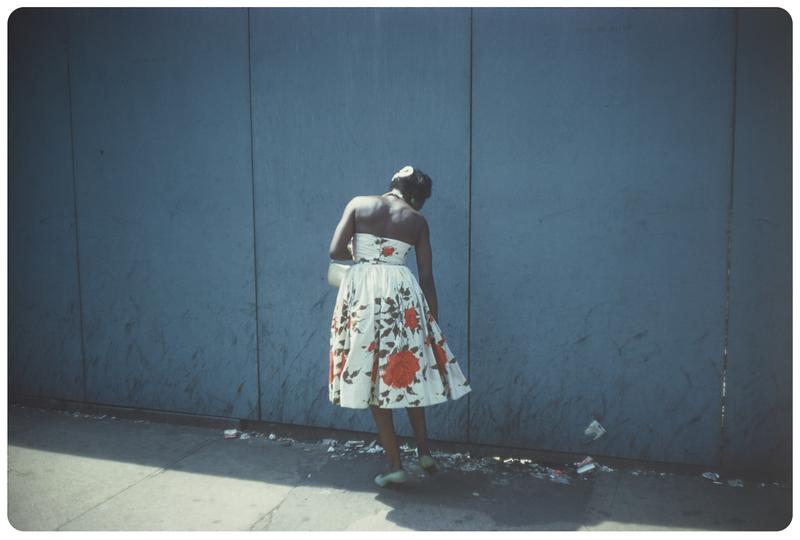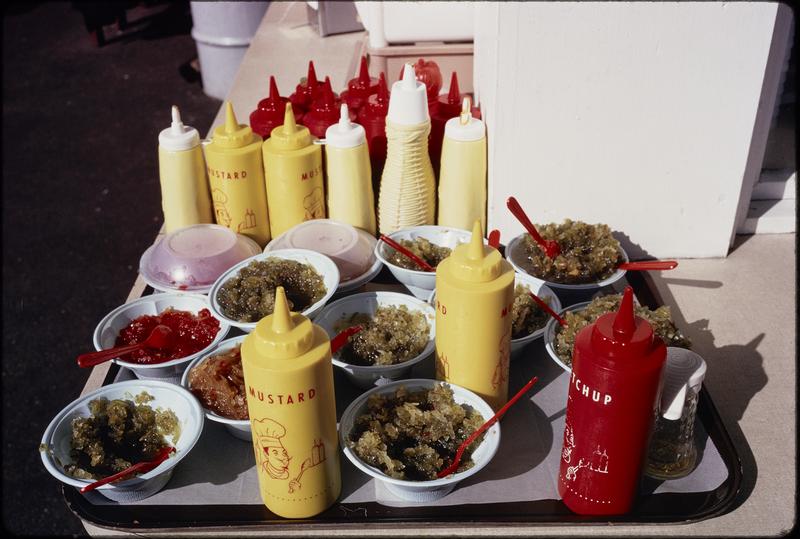
Garry Winogrand spelled his first name with two R’s, tellingly perhaps, because everything about him seemed to come double-strength. Born in the Bronx in 1927, he grew up in a working-class family and cultivated a tough, city-kid persona. As one of America’s leading post-war photographers, Winogrand is known especially for black-and-white snapshots that capture the pageant of urban life in a now-vanished New York. Men in fedoras, women in bouffant hairdos and sleeveless dresses – they hurry along thronged sidewalks, everyone looking in a different direction.
Winogrand died young – at age 56 – and was too frenetic a personality to be an effective champion of his work. But lately his photographs have been garnering wider attention. In the past few years, he has been the subject of a retrospective at the Metropolitan Museum; a well-received documentary film; and an eloquent monograph by Geoff Dyer, the London-born critic and novelist.
Now comes another milestone. Drew Sawyer, the new photography curator at the Brooklyn Museum, has mounted the first-ever show devoted exclusively to Winogrand’s color work. Winogrand left behind some 45,000 (!) Kodachrome slides, without bothering to print them. It is not clear why he let them languish. Perhaps he thought that color photography looked potentially cheesy compared to arty black and white. Or perhaps he thought, with his limited income, that color printing could bankrupt him. At any rate, he sometimes held slide shows for his students and admirers, and the Brooklyn Museum has followed his lead. It takes the form of a slide show comprised of 450 slides projected onto the walls of an elephantine gallery. You get 8 seconds to see each horizontal image (and 13 seconds for vertical images, of which there are fewer).
Winogrand’s color photographs are startlingly beautiful. It is probably relevant that he studied painting in his student days; in his photographs, he excels at finding bold color contrasts everywhere. In one image, an African-American woman in a pristine white dress stands in front of a blue-painted wall that glows with an almost Matissean radiance. Another image, of a food tray at a Cape Cod diner, turns plastic mustard bottles into bright yellow Doric columns.
For my taste, the slide show progresses too fast. I don’t think you can do more than say “hello” to a work of art in eight seconds. Watching the images slip by, I yearned for a pause button. Still, the brisk pace seems poetically just, in that it echoes the fleetingness – the never-ending quick meetings and partings – that Winogrand celebrated in his work.

